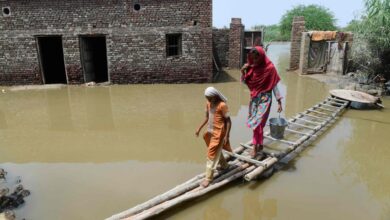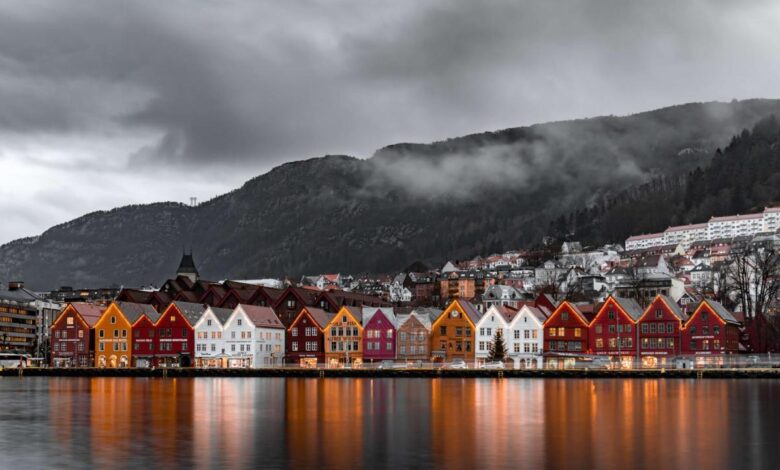
Could Norway Become a Graveyard for CO2 Emissions?
Could Norway become a graveyard for CO2 emissions? It’s a question that sparks both hope and skepticism. This Scandinavian nation, known for its stunning landscapes and commitment to sustainability, is actively pursuing ambitious goals to reduce its carbon footprint.
But can Norway truly become a leader in combating climate change, and if so, what strategies are necessary to achieve this monumental task?
Norway’s current carbon footprint is relatively low compared to other developed nations, thanks in part to its reliance on renewable hydropower. However, with growing industries and transportation demands, the country faces challenges in further reducing emissions. To achieve its climate goals, Norway is exploring innovative solutions, including carbon capture and storage (CCS) technology, which could potentially bury vast amounts of CO2 underground.
But the feasibility and environmental impact of CCS remain subject to debate.
Norway’s Carbon Capture and Storage (CCS) Potential: Could Norway Become A Graveyard For Co2 Emissions
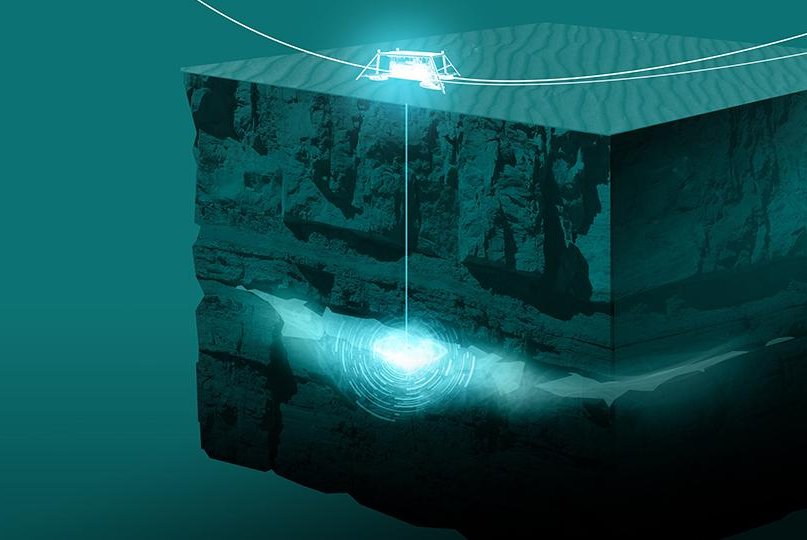
Norway, a country known for its vast oil and gas reserves, is also actively pursuing carbon capture and storage (CCS) as a key strategy to mitigate climate change. CCS technology offers the potential to capture and permanently store CO2 emissions from industrial sources, preventing them from entering the atmosphere.
Norway’s unique geological formations, coupled with its advanced technological expertise and robust regulatory framework, position the country as a leader in CCS development.
Geological Formations Suitable for CCS
Norway possesses a favorable geological landscape for CCS, characterized by vast and stable sedimentary basins with deep saline aquifers and depleted oil and gas reservoirs. These formations offer ideal conditions for safely storing CO2 deep underground.
- The North Sea Basin: This basin, spanning across Norway and the UK, is a major oil and gas producing region. Depleted oil and gas reservoirs in the North Sea offer significant storage capacity for CO2. The Sleipner project, a pioneering CCS initiative in the North Sea, has successfully stored millions of tons of CO2 since 1996.
- The Norwegian Continental Shelf: The Norwegian Continental Shelf, a vast area of seabed extending beyond the Norwegian coastline, contains numerous saline aquifers with potential for CO2 storage.
- The Oslo Graben: This geological structure, located in southeastern Norway, holds significant potential for CCS, with deep saline aquifers and depleted oil and gas reservoirs.
Economic Feasibility of CCS Projects in Norway
The economic feasibility of CCS projects in Norway is influenced by factors such as the cost of capture, transport, and storage, as well as government incentives and carbon pricing mechanisms.
- Government Support: Norway has a strong policy framework supporting CCS, including financial incentives and tax breaks for CCS projects. The government’s commitment to CCS has been crucial in attracting private investment.
- Carbon Pricing: The implementation of carbon pricing mechanisms, such as carbon taxes and emissions trading schemes, can create economic incentives for CCS adoption.
- Cost Reduction: Research and development efforts are ongoing to reduce the cost of CCS technologies. Advancements in capture technologies and optimization of storage processes can improve the economic viability of CCS projects.
Environmental Impact of CCS Projects in Norway
The environmental impact of CCS projects is a critical consideration. While CCS offers a promising solution for reducing CO2 emissions, it is essential to ensure that these projects are implemented responsibly and with minimal environmental risks.
It’s fascinating to think about how Norway, a country already grappling with the effects of climate change, could become a graveyard for CO2 emissions. The idea of storing carbon deep beneath the earth’s surface is a bold one, but it’s a stark reminder of the global scale of the climate crisis.
It’s a stark contrast to the plight of India’s tigers, whose habitat is shrinking due to human pressure and climate change, as highlighted in this article india s tigers climb high as climate human pressure rises. While Norway’s efforts to bury CO2 emissions are a step towards a greener future, it’s crucial to remember that tackling climate change requires a global effort, encompassing both mitigation and adaptation strategies.
- Leakage: One potential environmental concern is the leakage of CO2 from storage sites. To mitigate this risk, rigorous monitoring and verification systems are crucial.
- Seismic Activity: The injection of CO2 into geological formations can potentially trigger seismic activity. Careful site selection and monitoring are essential to minimize seismic risks.
- Biodiversity: CCS projects may have potential impacts on biodiversity, particularly in areas with sensitive ecosystems. Environmental impact assessments and mitigation measures are necessary to minimize these impacts.
Norway’s Renewable Energy Resources
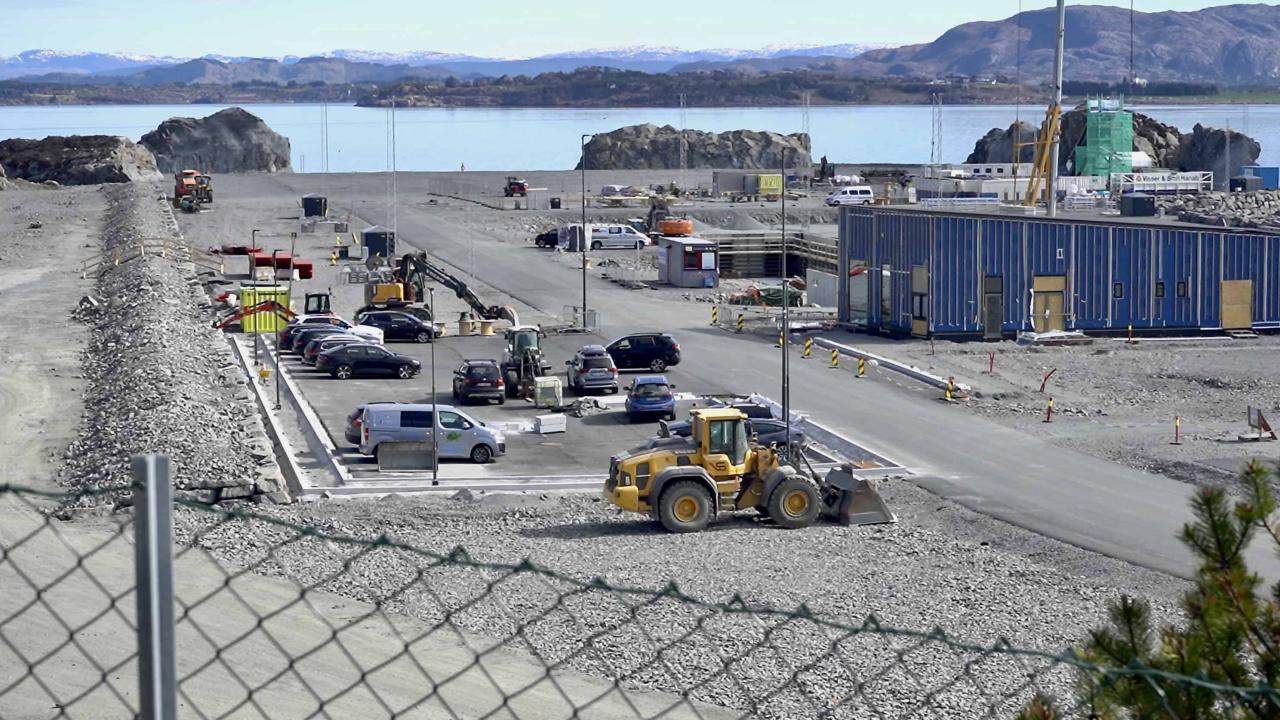
Norway is a global leader in renewable energy, boasting a diverse portfolio of resources that contribute significantly to its energy independence and low-carbon footprint. The country’s commitment to sustainability and its abundant natural resources have positioned it as a model for other nations seeking to transition to a greener future.
Norway’s ambitious plan to become a graveyard for CO2 emissions is certainly a noble goal, but sometimes the real world throws curveballs. Take, for example, the recent incident where Sevilla’s Lucas Ocampos complained about a fan’s obscene buttocks poke during a match, as reported here.
It’s a stark reminder that even with the best intentions, human behavior can be unpredictable, and tackling climate change requires not just technological solutions, but also a shift in societal values.
Hydropower
Hydropower is the cornerstone of Norway’s energy system, providing over 95% of its electricity. The country’s rugged terrain and abundant rainfall create ideal conditions for hydroelectric power generation. Norway’s vast network of hydroelectric dams and reservoirs allows for efficient storage and regulation of energy production, ensuring a reliable and consistent energy supply.
Wind Power
While hydropower dominates, Norway also possesses significant potential for wind power generation. The country’s long coastline and mountainous regions offer ample wind resources, particularly in the northern and western parts. Wind farms are increasingly being developed in these areas, contributing to the country’s renewable energy mix.
Solar Power
Solar power, while less prominent than hydropower and wind, is steadily gaining traction in Norway. The country’s relatively short days during winter pose a challenge for solar energy production, but advancements in solar technology and increasing daylight hours during summer are making solar power more viable.
Challenges and Opportunities of Transitioning to a Fully Renewable Energy System
Norway’s transition to a fully renewable energy system presents both challenges and opportunities. The country’s reliance on hydropower makes it vulnerable to climate change-induced droughts, potentially impacting energy production. Furthermore, the integration of variable renewable energy sources like wind and solar requires sophisticated grid infrastructure and energy storage solutions.Despite these challenges, Norway has a unique advantage with its abundant hydropower resources and advanced technological capabilities.
It’s fascinating to think about Norway’s ambitious plan to become a “graveyard” for CO2 emissions, but it’s also a reminder that even the most serious of topics can be overshadowed by the unexpected. Take, for instance, the recent news of an Australian Olympic equestrian avoiding sanction after a mankini ride at a competition.
While the equestrian’s stunt might seem frivolous, it highlights how easily our attention can be diverted, even when discussing issues like climate change. Perhaps Norway’s CO2 burial plan needs a little more “mankini” flair to truly grab the world’s attention.
The country is actively investing in research and development of renewable energy technologies, including energy storage solutions and smart grids. These advancements will play a crucial role in ensuring a stable and reliable energy supply as Norway transitions towards a fully renewable energy future.
International Collaboration and Partnerships
Norway’s ambition to become a graveyard for CO2 emissions requires a global perspective. International collaboration is crucial for sharing knowledge, technology, and resources, accelerating the transition towards a low-carbon future.
Potential International Partners
International partnerships are key to unlocking the full potential of Norway’s CCS and renewable energy initiatives.
- European Union:The EU is a natural partner for Norway, sharing common goals for climate action and possessing significant expertise in CCS and renewable energy. Collaborative projects like the “European Green Deal” and the “EU Emissions Trading System” offer opportunities for joint research, development, and deployment of technologies.
- United States:The US, with its advanced technological capabilities and significant investments in CCS and renewable energy, can be a valuable partner for Norway. Collaboration in research, development, and deployment of technologies, particularly in offshore wind and carbon capture, can benefit both countries.
- Developing Countries:Partnering with developing countries allows Norway to share its expertise and technologies, supporting their transition to a low-carbon future. Collaborative initiatives can focus on building capacity, sharing best practices, and providing financial assistance for developing countries to implement CCS and renewable energy projects.
Benefits of Collaboration, Could norway become a graveyard for co2 emissions
International collaboration offers numerous benefits for tackling climate change.
- Sharing Expertise and Technology:Collaboration allows countries to learn from each other’s experiences, share best practices, and jointly develop innovative solutions. This can accelerate the development and deployment of technologies, reducing costs and time to market.
- Leveraging Resources:Pooling resources, including financial, technological, and human capital, can significantly enhance the effectiveness of climate action. Joint ventures and research initiatives can leverage the combined strengths of different countries.
- Strengthening Global Cooperation:International collaboration fosters a sense of shared responsibility and encourages countries to work together towards common goals. This can lead to more ambitious climate commitments and stronger global governance frameworks.
Norway’s Role in Global Climate Negotiations
Norway plays a significant role in global climate negotiations, actively participating in international forums and advocating for ambitious climate action.
- Paris Agreement:Norway was one of the first countries to ratify the Paris Agreement, committing to reducing greenhouse gas emissions and contributing to global efforts to limit global warming.
- International Climate Finance:Norway is a leading provider of climate finance, supporting developing countries in their efforts to mitigate and adapt to climate change. Norway’s commitment to climate finance demonstrates its commitment to global climate action.
- Technological Leadership:Norway is recognized for its expertise in CCS and renewable energy technologies. The country can leverage its technological leadership to promote international cooperation and support the development and deployment of these technologies globally.
Epilogue
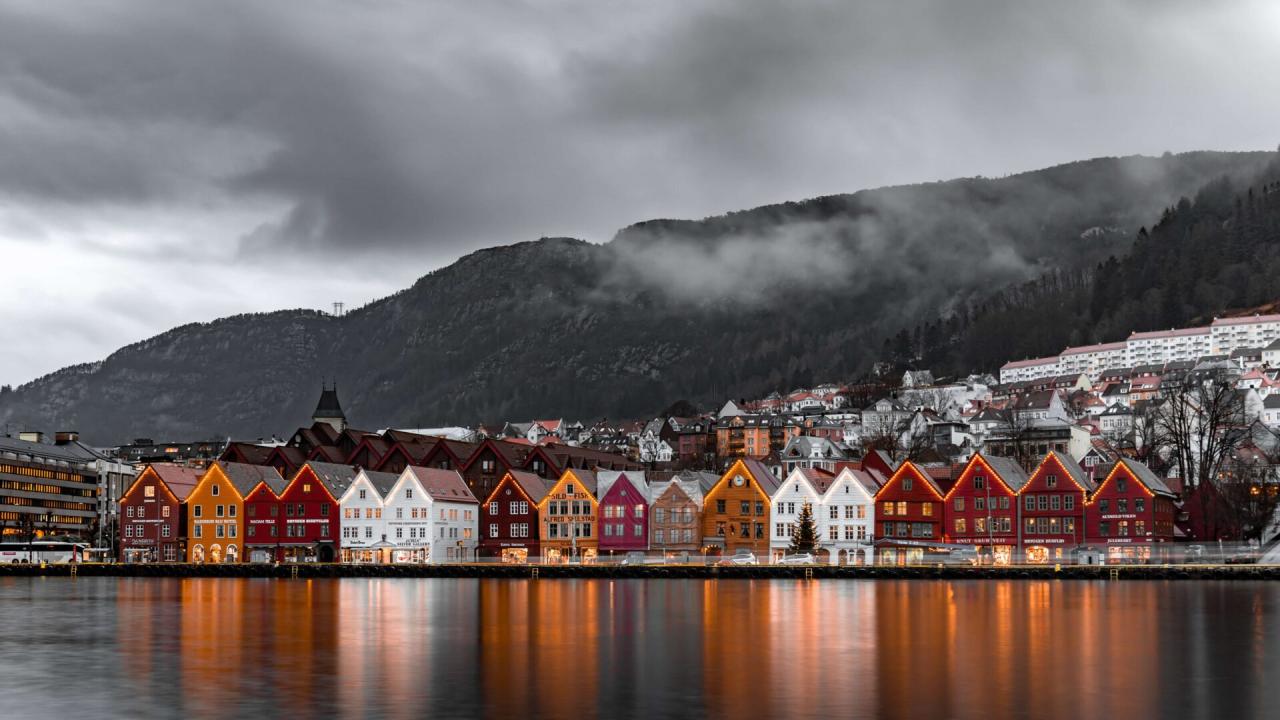
The journey towards a carbon-neutral Norway is complex, requiring a multifaceted approach that involves technological advancements, policy reforms, and public engagement. While Norway’s efforts to become a “graveyard” for CO2 emissions are commendable, the path forward is not without hurdles.
Success hinges on a collaborative effort between government, industry, and citizens, all working towards a common goal of a sustainable future.



